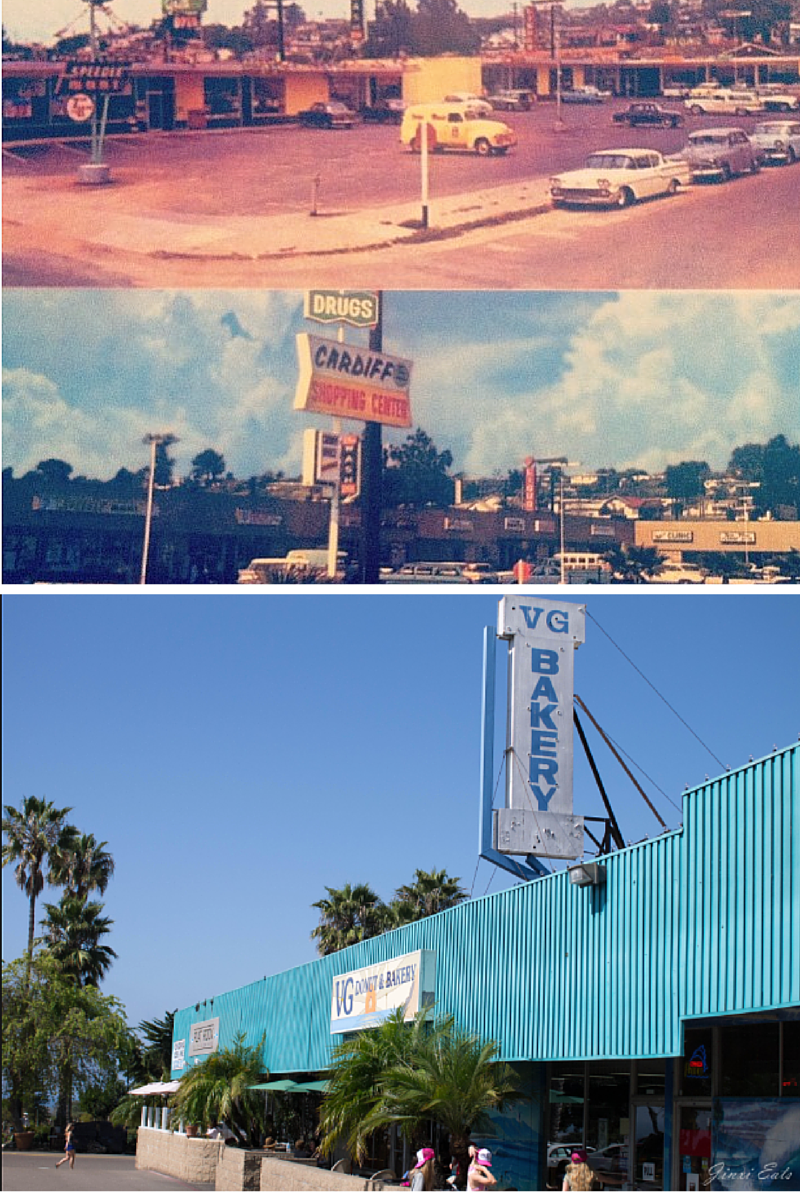History of Cardiff
Cardiff-by-the-Sea, is a charming, beautiful and historical northern San Diego County beach community. Located in Encinitas, it borders Solana Beach to the south, the Pacific Ocean to the west with Encinitas on its east and north. With a population of under 12,000, Cardiff-by-the-Sea operates as a community of the city of Encinitas with its own zip code (92007).
Natives
The first inhabitants of Cardiff-by-the-Sea were the Kumeyaay natives, also referred to as Diegueño by the Spanish. They were the original native inhabitants of San Diego County and occupied the upper San Elijo Lagoon in Cardiff. The Kumeyaay, Yuman-speaking people of Hokan stock, lived in the region for more than 10,000 years. Historically, the Kumeyaay were horticulturists, hunters and gatherers. They were the only Yuman group in the area and were the people who greeted the Spanish when they first sailed into San Diego Harbor with the Juan Rodriguez Cabrillo expedition of 1542. The boundaries of Kumeyaay lands changed drastically with the arrival of the Europeans. Beginning with the Spanish invasion of 1769, continuing through the Mexican Period of 1826 to 1848, and through the American Period, the Kumeyaay were forced off their ancestral lands. Nearly all of the Kumeyaay lands were taken into private ownership or made U.S. government holdings. Treaties negotiated with 18 California tribes in 1850 set aside 8.5 million acres in specific tribal lands. These were never ratified by the United States Senate as a result of opposition by the state of California. The Cardiff tribe was forced onto a reservation by the early 1900’s.
Mission Era
In 1769, the Spanish government sent a colonizing force into upper California and by 1789 colonized the Encinitas Area. With the assistance of the Spanish Crown’s funding, construction of the operation of the missions began. This movement created the historical El Camino Real road. Also known as The Royal Road, it connects the 21 Spanish missions in California (formerly Alta California), stretching at its southern end from the San Diego area Mission San Diego de Alcalá, all of the way up to the trail's northern terminus at Mission San Francisco Solano in Sonoma, just above San Francisco Bay. Amazingly, this road is still used today and is roughly marked by a series of commemorative bell markers.
The years from 1826-1848, following the Mexican Revolution and founding of the Republic of Mexico, marked the Mexican Period. The official policy of this new government was to secularize the Spanish Missions. The missions would become parish churches, and mission land rancheros. During this time large land grants, known as ranchos, were given for the raising cattle and sheep.
With the 1848 Treaty of Guadalupe Hidalgo, the territory of California became land of the United States, with all rights and immunities granted to those that lived in the area. The division of land into ranchos continued.
First Settlement
In 1875 the first family came to Cardiff, the Mackinnon’s from Cleveland cultivated the north shore of the San Elijo Lagoon into farmland. In the year 1909, a Boston developer, J. Frank Cullen, purchased the land from MacKinnon and began selling plots of land for as little as $30. In 1910, It is told that Cullen initially wanted to give his little town a Spanish name. But his wife, a native of Cardiff, Wales, persuaded him to name the community "Cardiff", as well as many streets, such as "Birmingham", "Oxford", "Chesterfield" and "Manchester". The “by-the-Sea” was added to the name by German musician Victor Kremer, whom took it from the song “By the Beautiful Sea.”
Growth and Development
In 1912, Clarence Cole established a kelp works along the bluffs of San Elijo Lagoon which expanded Cardiff’s industry beyond farming. This same year, Cullen built an ocean pier and a hotel overlooking the ocean. This was followed by the establishment of the Cardiff School District in 1913, the first Cardiff library in 1914, and a post office and train station in the 1920s. In 1922, the San Dieguito Irrigation District was formed to bring a consistent source of water to the town.
Cardiff became a destination for people seeking a tight-knit community to raise children, start a business and live in close proximity to the ocean. With a steady stream of newcomers, the years between the 1920s and 1950s saw a boom of housing and infrastructure development. The Poinsettia Heights development in the late 1950s brought an additional 1,700 residents to the coastal community. A new interstate expanded the flow of traffic to the east and a state campground was built to diminish the eroding coastline and marked Cardiff as a tourist destination.
Surf spots from Seaside to Swami’s became hot spots for visitors, making Cardiff a sought-after destination on the map. When fisherman Stan Lewis took his last catch home from the sea in the 1970’s, thus ended the fishing era for Cardiff but started the age of donuts. VG Donuts & Bakery opened in 1969 in the Cardiff Shopping Center and are a much loved landmark in the community. The Pacific became more of a playground for visitors and residents rather than a source of sustenance. Cardiff natives and professional surfers Linda Benson and Rob Machado won their first large surfing contests when they were ages 15 and 11, respectively.
More housing and office building development continued in the 1980’s and 1990’s to shape the Cardiff community. In 1985, the local family-owned Seaside Market opened its doors and has been a mainstay in the community ever since.
Today
Today, Cardiff is an eclectic mix of long-time residents, worldwide tourists, business professionals, artisans, families, and individuals of all ages seeking to live the California dream.








